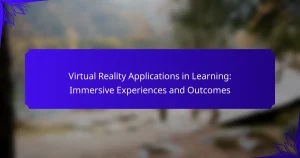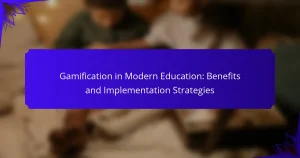Improving learning and memory retention is essential for academic success and personal growth. Mindfulness techniques, such as focused attention, body scan meditation, and mindful breathing, enhance concentration and reduce cognitive overload. These practices promote emotional regulation and cognitive flexibility, leading to better information processing. Regular incorporation of these strategies can significantly boost academic performance and everyday learning experiences.
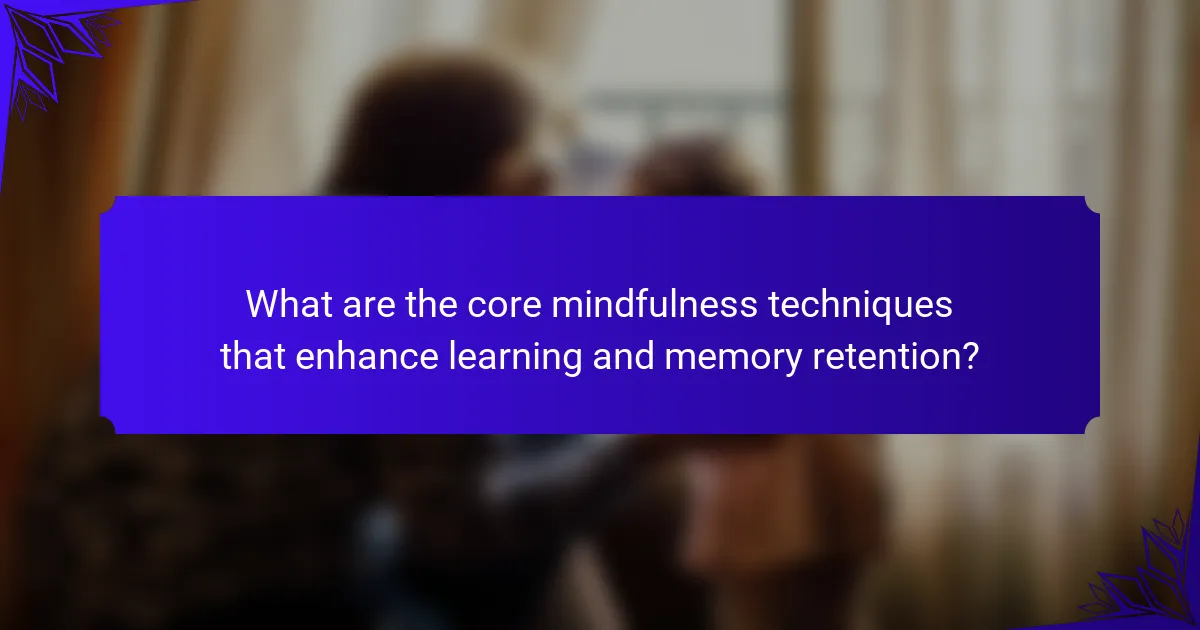
What are the core mindfulness techniques that enhance learning and memory retention?
Mindfulness techniques that enhance learning and memory retention include focused attention, body scan meditation, and mindful breathing. These practices improve concentration and reduce cognitive overload, leading to better information processing.
Focused attention involves concentrating on a single task, minimising distractions, which boosts memory recall. Body scan meditation promotes awareness of physical sensations, enhancing self-regulation and reducing stress, thereby improving learning capacity. Mindful breathing helps regulate emotions, allowing for a calm state conducive to absorbing new information.
Incorporating these techniques regularly can lead to significant improvements in academic performance and everyday learning experiences.
How does focused attention improve memory retention?
Focused attention significantly enhances memory retention by promoting deeper processing of information. When individuals concentrate on a task, they engage cognitive resources that facilitate encoding and retrieval of memories. Mindfulness techniques, such as meditation, foster this focused attention by reducing distractions and improving awareness. Research shows that practising mindfulness can lead to increased grey matter in brain regions associated with memory, indicating structural changes that support improved memory function. Regular application of these techniques can result in long-term benefits for learning and memory retention.
What steps can be taken to practice focused attention?
To practice focused attention, implement these mindfulness techniques:
1. Set a specific intention for your session.
2. Limit distractions by creating a quiet environment.
3. Use deep breathing exercises to centre your thoughts.
4. Engage in single-tasking, focusing on one task at a time.
5. Incorporate regular breaks to maintain mental clarity.
6. Reflect on your progress to reinforce learning and retention.
What role does self-awareness play in the learning process?
Self-awareness significantly enhances the learning process by enabling individuals to understand their strengths and weaknesses. This insight fosters targeted improvement strategies, leading to better memory retention and effective application of knowledge. Mindfulness techniques, such as meditation and reflection, cultivate this self-awareness, allowing learners to engage more deeply with the material. As a result, learners can adapt their study habits and approaches based on their unique learning styles, optimising their educational outcomes.
How can self-awareness be cultivated in learners?
Self-awareness can be cultivated in learners through mindfulness techniques. These practices enhance focus, promote reflection, and improve emotional regulation.
Mindfulness meditation encourages learners to observe their thoughts and feelings without judgment, fostering self-reflection. Journaling allows for deeper insight into personal experiences and emotions, enhancing self-awareness.
Incorporating breathing exercises can help learners centre themselves, reducing anxiety and improving concentration. Regular practice of these techniques leads to increased awareness of one’s learning styles and emotional responses.
As a result, learners develop a clearer understanding of their strengths and weaknesses, ultimately enhancing their overall learning and memory retention.
What benefits do breathing exercises offer for cognitive function?
Breathing exercises enhance cognitive function by improving focus, reducing stress, and increasing oxygen flow to the brain. These techniques promote mindfulness, which can lead to better learning and memory retention. Studies show that individuals practising deep breathing experience improved attention and information processing. Regular practice can lead to long-term cognitive benefits, such as enhanced problem-solving skills and creativity.
Which breathing techniques are most effective for learning?
Deep breathing, box breathing, and diaphragmatic breathing are effective techniques for enhancing learning. These methods improve focus and reduce stress, leading to better memory retention.
Deep breathing involves slow, deep inhalations and exhalations, promoting relaxation and clarity. Box breathing, characterised by inhaling, holding, exhaling, and holding for equal counts, helps regulate emotions and concentration. Diaphragmatic breathing engages the diaphragm fully, increasing oxygen flow and mental alertness.
Incorporating these techniques into study routines can significantly enhance cognitive performance and retention of information.
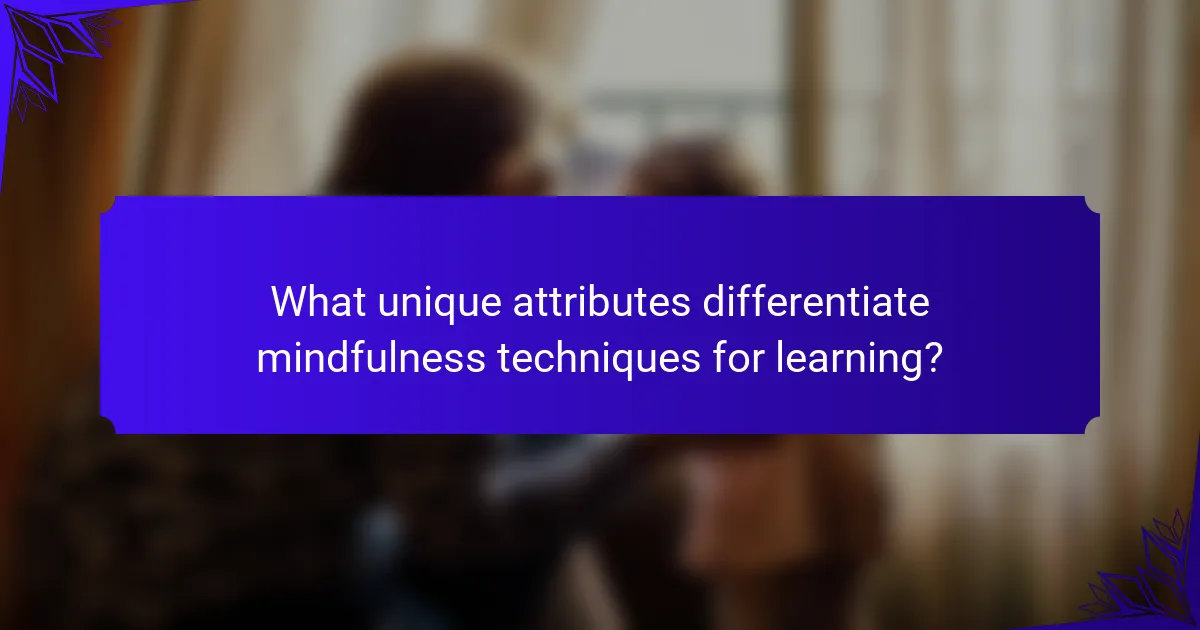
What unique attributes differentiate mindfulness techniques for learning?
Mindfulness techniques for learning are differentiated by their unique focus on awareness, attention control, and emotional regulation. These attributes enhance cognitive flexibility, which improves memory retention and comprehension. Techniques like focused breathing and body scanning uniquely foster present-moment awareness, while practices such as mindful observation promote critical thinking. Additionally, the integration of visualisation in mindfulness uniquely aids in information processing, making it a rare attribute among learning strategies.
How does visualisation enhance memory retention?
Visualisation significantly enhances memory retention by creating mental images that aid in information recall. This technique leverages the brain’s preference for visual processing, making it easier to remember complex concepts. Research indicates that individuals who use visualisation techniques often outperform those who rely solely on verbal methods. By associating information with vivid imagery, learners can create stronger neural connections, which are crucial for long-term memory retention. In essence, visualisation transforms abstract ideas into tangible images, facilitating easier access to information during recall.
What are the best practices for effective visualisation?
Effective visualisation enhances understanding and retention of mindfulness techniques. Use clear, concise graphics to illustrate key concepts. Incorporate colour coding to differentiate techniques, making them easily identifiable. Utilise charts to represent data on memory retention linked to mindfulness practices, showcasing their effectiveness. Interactive elements, like quizzes or flashcards, can further engage learners, reinforcing memory through active participation.
What impact does gratitude practice have on learning outcomes?
Gratitude practice positively impacts learning outcomes by enhancing focus and emotional well-being. Regularly expressing gratitude can improve memory retention and increase motivation to learn. Research indicates that individuals who practise gratitude show better academic performance and engagement. This technique fosters a positive mindset, which is crucial for effective learning and information processing.
How can gratitude be integrated into daily learning routines?
Integrating gratitude into daily learning routines enhances focus and memory retention. Practising gratitude can improve emotional well-being, which positively impacts cognitive functions.
Start each learning session by reflecting on what you are thankful for. This can create a positive mindset conducive to absorbing new information. Additionally, keeping a gratitude journal can reinforce this habit, allowing for reflection on learning progress and achievements.
Incorporate gratitude breaks during study sessions. Brief pauses to acknowledge accomplishments can refresh focus and enhance retention. Research shows that gratitude practices can lead to better academic performance by fostering a supportive learning environment.
Engage in group learning activities where participants share what they appreciate about each other’s contributions. This builds community and encourages collaboration, further enriching the learning experience.
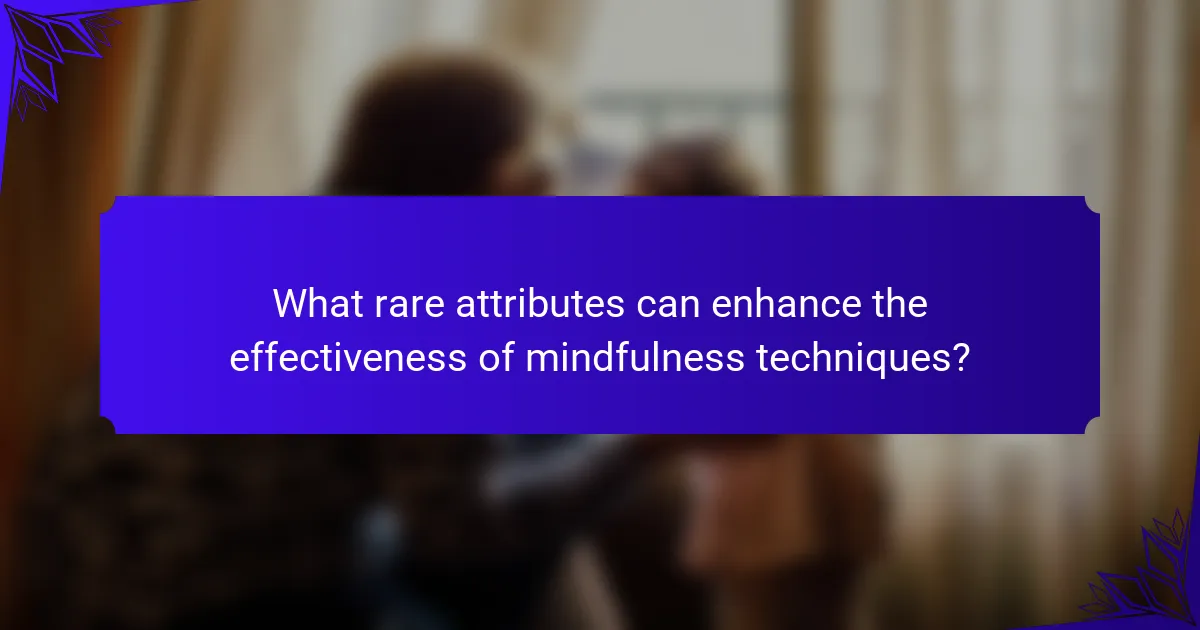
What rare attributes can enhance the effectiveness of mindfulness techniques?
Mindfulness techniques can be enhanced by rare attributes such as sensory integration, neuroplasticity stimulation, and personalised practice. Sensory integration involves engaging multiple senses to deepen mindfulness experiences, improving focus and retention. Neuroplasticity stimulation refers to practices that encourage brain adaptability, fostering better memory pathways. Personalised practice tailors techniques to individual preferences, increasing engagement and effectiveness.
How can nature immersion influence cognitive performance?
Nature immersion significantly enhances cognitive performance by promoting mindfulness and reducing stress. Engaging with natural environments improves attention, memory retention, and problem-solving abilities. Studies show that spending time in nature can lead to a 20% increase in cognitive functioning, attributed to the restorative effects of green spaces. This unique attribute of nature immersion fosters a state of mindfulness, allowing individuals to absorb information more effectively.
What are practical ways to incorporate nature into learning environments?
Incorporating nature into learning environments enhances mindfulness and memory retention. Practical ways include outdoor classrooms, nature walks, and integrating natural elements like plants and natural light into spaces. These approaches promote concentration and reduce stress, ultimately improving learning outcomes.
What is the significance of multisensory learning in mindfulness practices?
Multisensory learning significantly enhances mindfulness practices by engaging multiple senses, which improves focus and retention. This approach allows individuals to process information more deeply, leading to better memory retention and emotional connection. Techniques such as incorporating visual aids, auditory cues, and tactile experiences create a richer learning environment. Research indicates that using multisensory methods can increase engagement by up to 60%, making mindfulness techniques more effective. By appealing to various senses, practitioners can foster a more immersive experience that supports overall mental well-being and learning outcomes.
How can multisensory techniques be implemented in educational settings?
Multisensory techniques enhance learning and memory retention through engaging multiple senses. Implement these techniques by integrating visual aids, auditory materials, and kinesthetic activities into lessons. For example, combining storytelling with images and hands-on projects stimulates various learning styles, promoting deeper understanding. This approach leverages the unique attribute of multisensory learning, which can significantly improve retention rates.
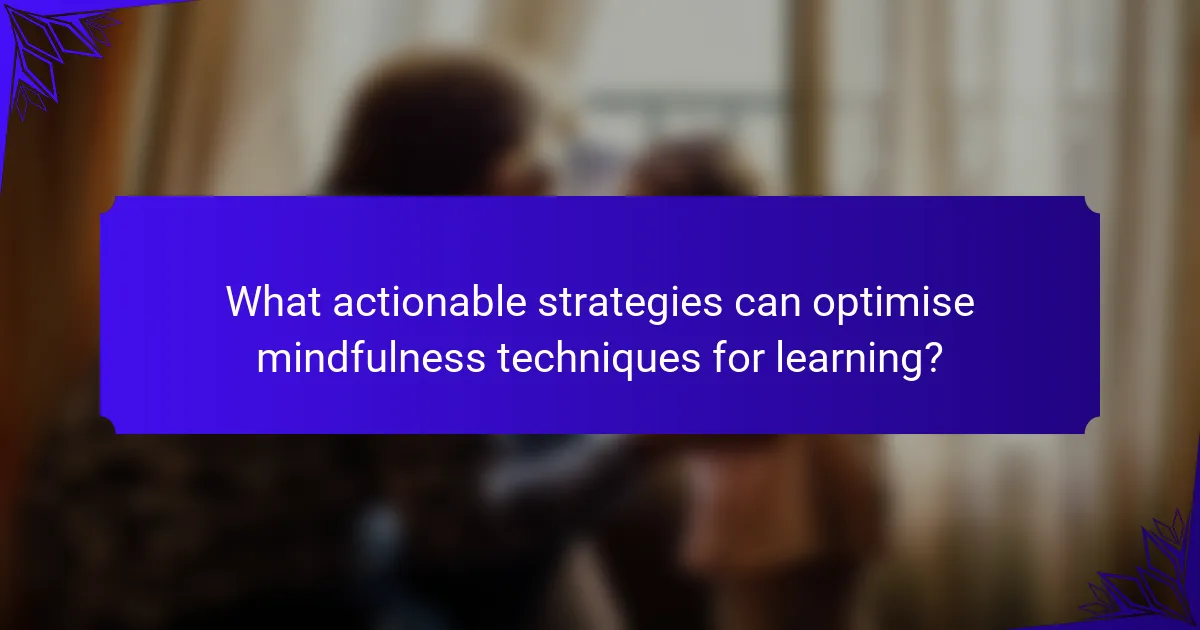
What actionable strategies can optimise mindfulness techniques for learning?
Mindfulness techniques can be optimised for learning through specific actionable strategies. Incorporate focused breathing exercises to enhance concentration and reduce distractions. Use visualisation methods to create mental images of information, improving memory retention. Implement regular mindfulness breaks during study sessions to refresh the mind and increase cognitive flexibility. Engage in reflective journaling to process learning experiences, which strengthens neural connections related to memory.
What common mistakes should be avoided when applying mindfulness techniques?
To enhance learning and memory retention through mindfulness techniques, avoid common mistakes. Focusing solely on the process without setting clear intentions can hinder effectiveness. Neglecting to create a consistent practice schedule may limit progress. Additionally, applying techniques without patience can lead to frustration. Lastly, ignoring the importance of a supportive environment can obstruct mindfulness benefits.
How can regular practice of mindfulness techniques be maintained for long-term benefits?
To maintain regular practice of mindfulness techniques for long-term benefits, establish a consistent routine. Consider integrating mindfulness into daily activities, such as during meals or commutes. Set specific times for practice, starting with short sessions and gradually increasing duration. Use reminders and mindfulness apps to stay engaged. Join groups or classes for community support, enhancing motivation. Track progress to visualise improvements in learning and memory retention, reinforcing the habit.
What expert insights can enhance the application of mindfulness in learning?
Mindfulness techniques can significantly enhance learning and memory retention through focused attention and reduced stress. Expert insights suggest incorporating practices like mindful breathing, which improves concentration, and body scans that promote awareness of physical sensations. Regular meditation sessions can also boost cognitive flexibility and enhance information processing. Additionally, integrating mindfulness into daily routines fosters a supportive learning environment, encouraging deeper engagement with material. These practices create a unique attribute of sustained attention that directly impacts academic performance.
